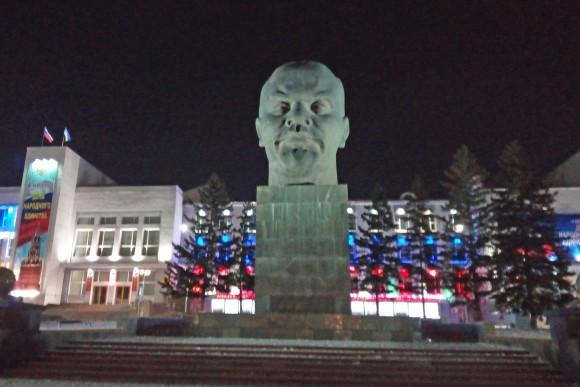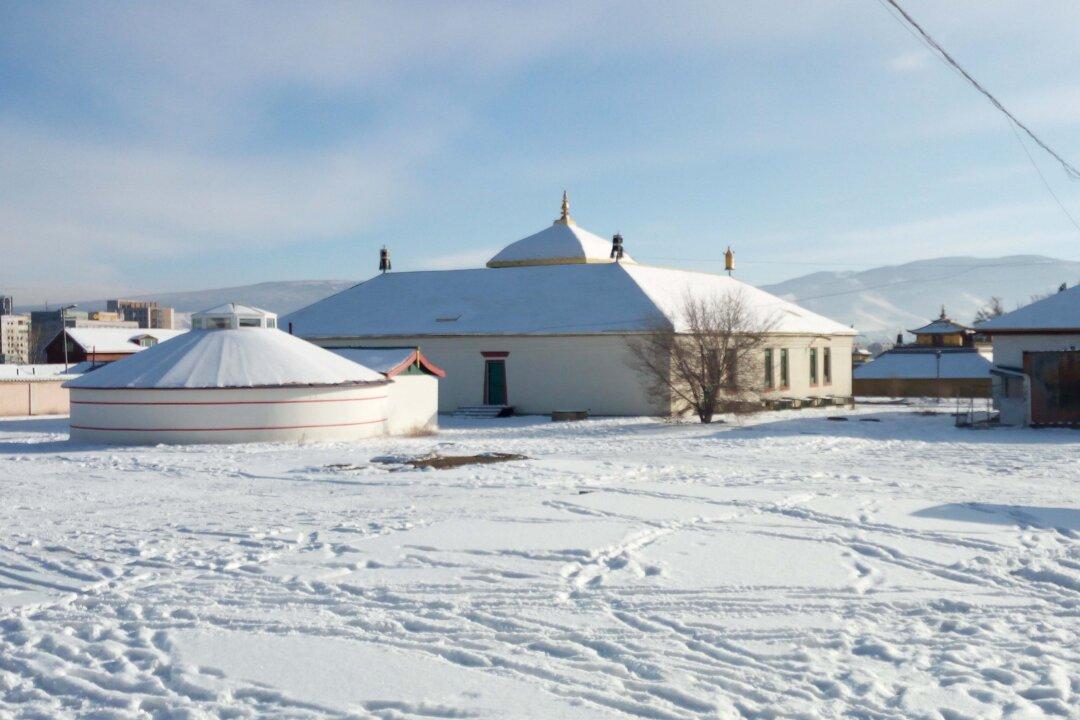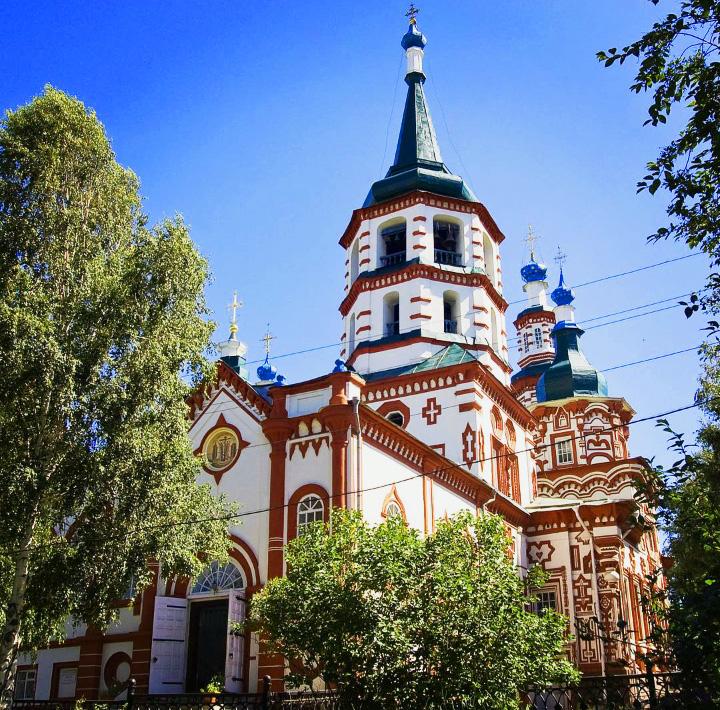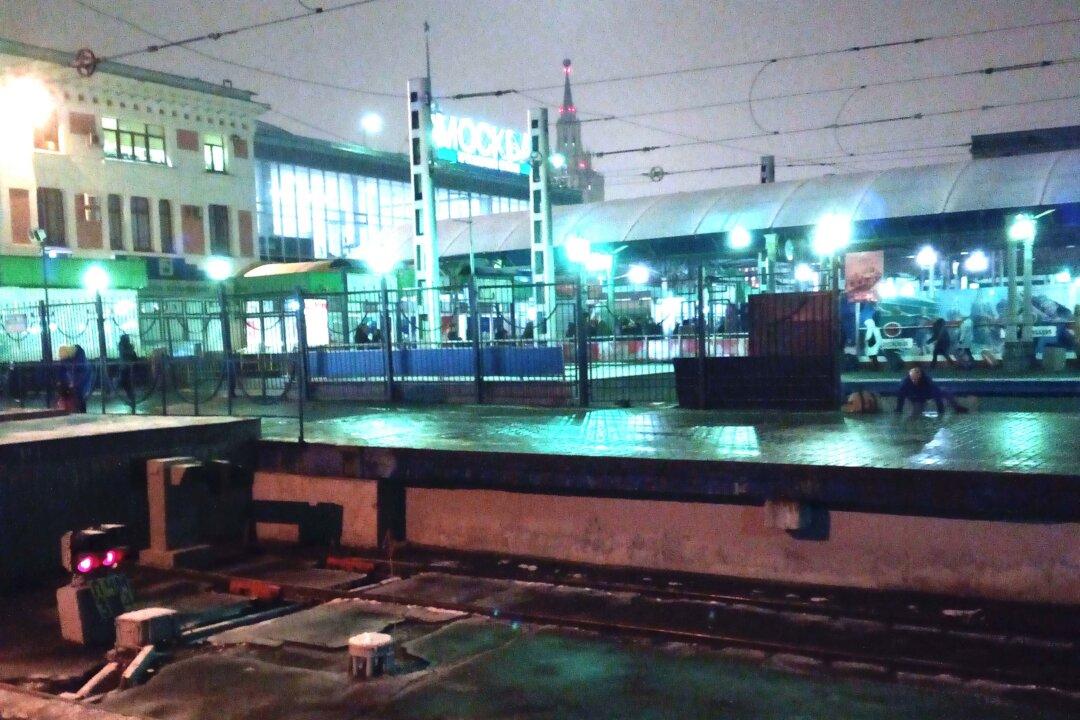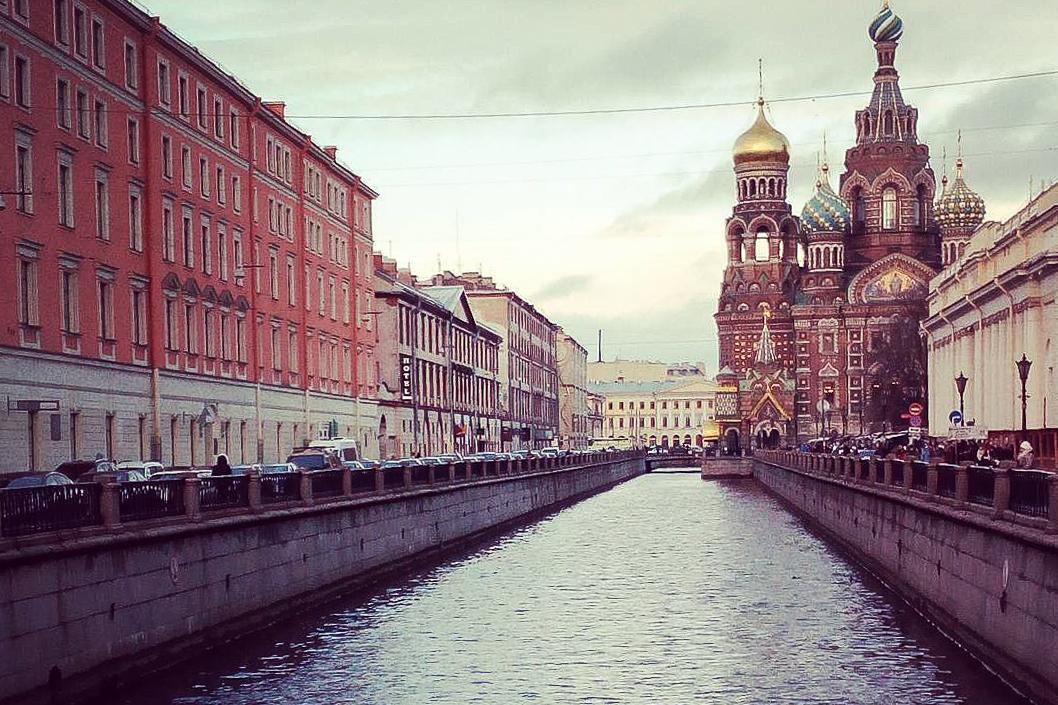The journey on the legendary Trans Siberian Railway is one of the greatest travel adventures of our age. The Trans Siberian Girl is traveling on the world’s longest train ride from St. Petersburg, Russia to Hong Kong. The travel from West to East took her to various places across Russia, Mongolia and China, a journey of over 10,000km. Read below about her tips, advice and stories on making the trip of a lifetime possible.
The world’s largest, oldest and deepest freshwater lake, the Lake Baikal is located only 70km from Irkutsk in Eastern Siberia is. As it was time for me to leave Irkutsk behind and get back on the train, I made sure to have the best view on the train and get a window seat for my eight hour ride from Irkutsk to Ulan Ude. Taking the early morning train, I was glued to the window, starring at the beautiful scenery of Lake Baikal. Riding next to it for eight hours, it looked like a big ocean in the middle of Siberia. If you wish to travel direct on the Trans-Siberian train either east or west, without stopping anywhere, you can still have a full view of the Lake Baikal without leaving the train.
My train arrived in the late afternoon in Ulan Ude, the capital of the autonomous region the Republic of Buryatia within the Russian Federation.
Ulan Ude
Stepping off the train in the late afternoon, it was already dark and the roads were covered with snow. I found my way to the hostel and soon after was already on my way to explore the town. As it isn’t a very large town it was quite easy to find the main square. As with many Russian cites, one can be sure to find a Vladimir Lenin statue centrally located. So it is that Ulan Ude’s main square is entirely dominated by a highly unusual statue, the world’s largest Lenin head. It is 77m high, made of bronze, erected in the 1970 to celebrate Lenin’s 100 birthday and is truly impressive. No wonder that it is one of Ulan Ude’s attractions.
